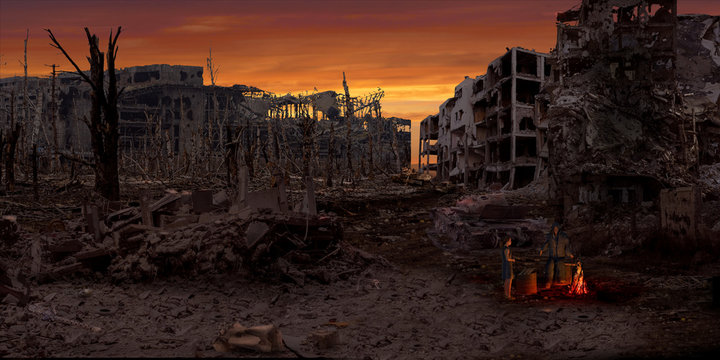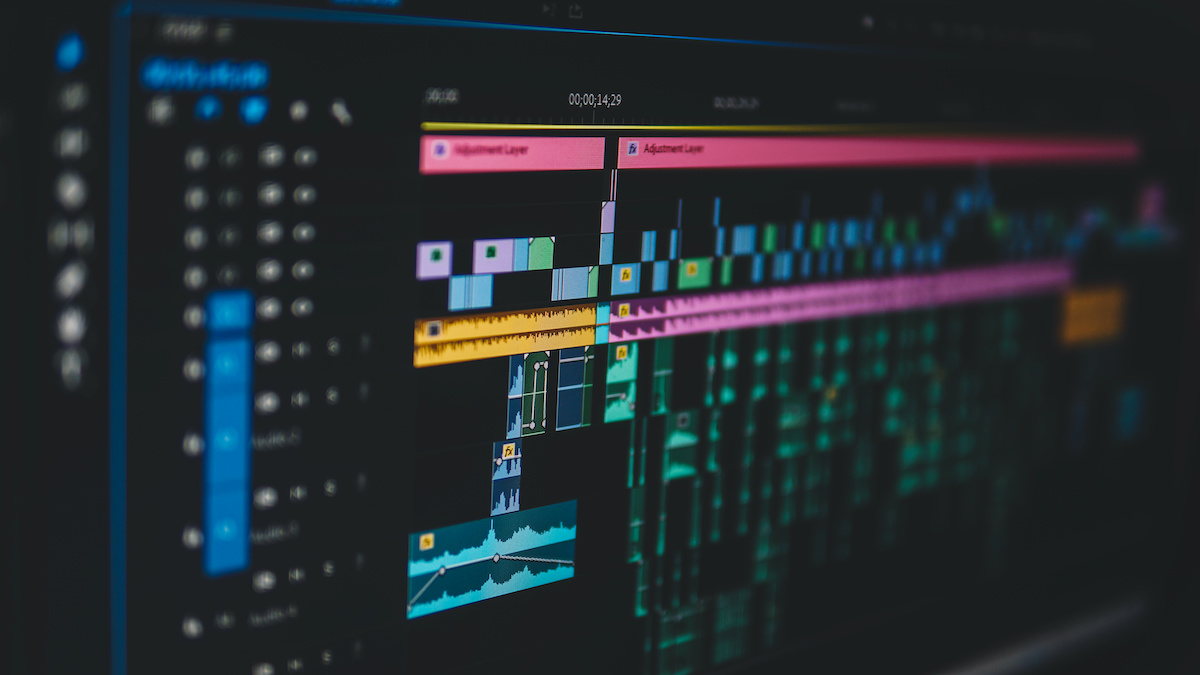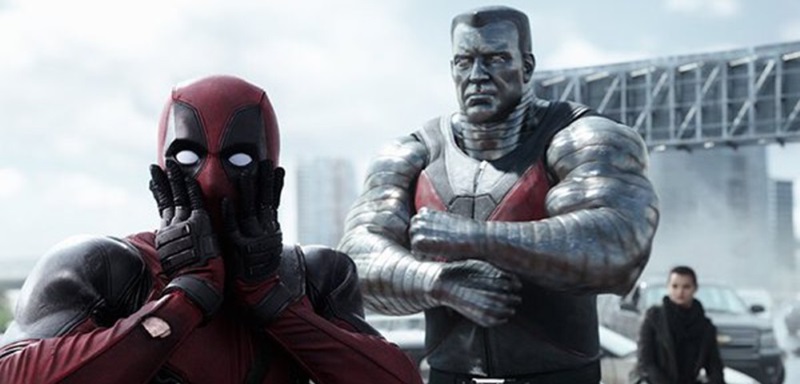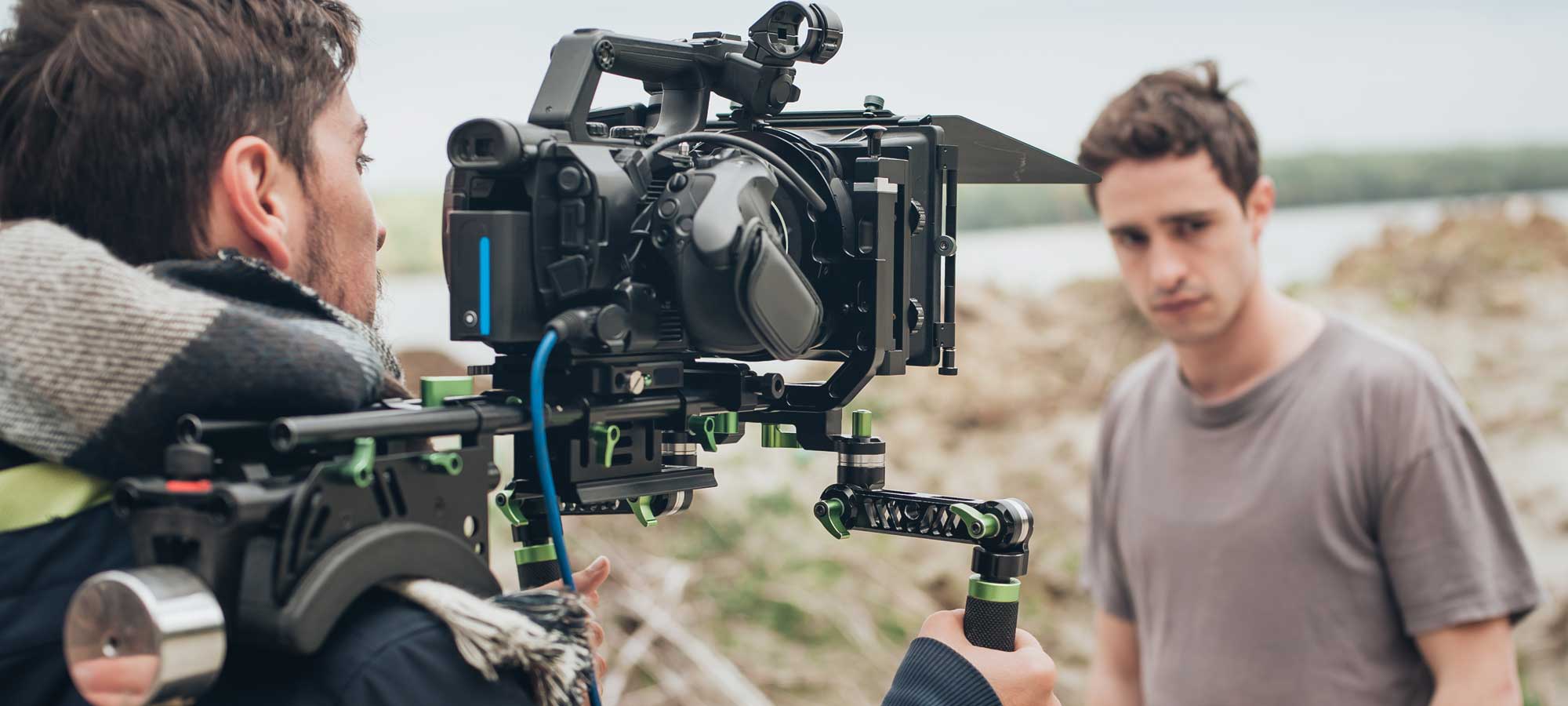Both cuts combine dialogue and imagery.
J-cut: Dialogue plays while we see contextual images, but then cuts to the source of the dialogue.
L-cut: Dialogue continues as the camera cuts to another image.


Both cuts combine dialogue and imagery.
J-cut: Dialogue plays while we see contextual images, but then cuts to the source of the dialogue.
L-cut: Dialogue continues as the camera cuts to another image.


The mise-en-scene in Dune is stunning and perfectly captures the sci-fi world in which it’s set. In this analysis I will be focusing on the use of costumes.

Lady Jessica’s costumes are the most elaborate and colourful out of all the characters. The use of the colours: blue, gold and red communicate to the audience her status in their society and also how wealthy House Atreides is. Her costumes contrast the otherwise neutral colour scheme. Lady Jessica’s costumes are some of the only to include embroidering, this fine detail also suggests she is an important figure. The film also takes influences from Islam and includes it into their costumes. For example the majority of the women in the film are seen with veils covering their hair which greatly resemble hijabs. I think the director, Denis Villeneuve, made this decision regarding the costume to help the audience relate to the world of ‘Dune’ because even though it is not set on Earth it does bare resemblances to the Middle East and North Africa – where the majority of the Muslim population live.

Islam is not the only thing Villeneuve took influence from for his costumes. The costumes which the Fremen wear when out in the desert bare similarities to costumes from Star Wars, undoubtedly the biggest Sci-Fi series of all time. The character I think most of the influence stems from is Rey from “Star Wars: The Last Jedi”. The colours like beige and dark grey help build the classic neutral colour scheme. The types of materials are also similar like the sheer mesh-like material and the armour pattern on the suit. In my opinion the film crew made this decision to include some classic tropes from Sci-Fi films.

 |  |  |
 |  |  |
 |  |  |
The first row shows devastation and disappointment as he looks at the ruined landscape.
The second row shows lust as he looks at Lois.
The third row shows pride since he is looking at people celebrating.
Editing: Editing is apart of the post-production part of the film-making process. The purpose of editing is to show the final product to an audience without them seeing any imperfections.

| Film | Rating | Memorable Scene | Film Element Focus |
| The Shining (1980) | 8.5/10 | Jack standing over the model maze | Cinematography |

One Point Perspective: when all horizontal lines, if you were to extend them they would come to a point usually in the centre of the frame. (Source: https://www.nyfa.edu/student-resources/stanley-kubrick-one-point-perspactive/#:~:text=A%20one%2Dpoint%20perspective%20shot,track%20disappearing%20in%20the%20distance.)

Symmetry: the quality of being made up of exactly similar parts facing each other or around an axis (Source: https://www.google.com/search?q=symmetry+definition+&safe=active&bih=937&biw=1920&rlz=1C1GCEA_enJE970JE970&hl=en&sxsrf=AOaemvLIXSgqhoYKxRnN8GfcBSN3bkD0ZA%3A1633510454267&ei=NmRdYYrUD9SD8gL3loC4DQ&ved=0ahUKEwiKx_PStLXzAhXUg)

Deep Focus: In filmmaking, deep focus refers to a technique where all elements of an image—foreground, middle ground, and background—are all in sharp focus. (Source:https://www.masterclass.com/articles/how-to-use-a-deep-focus-shot-when-making-a-film#:~:text=In%20filmmaking%2C%20deep%20focus%20refers,imbue%20their%20shots%20with%20detail.)

Steadicam: A Steadicam is a camera stabilizing system used to capture tracking shots with motion picture cameras. It isolates the camera operator’s movement and makes the shot look smooth and controlled, capturing the action without any wobbles. (Source: https://www.masterclass.com/articles/what-exactly-is-a-steadicam-understanding-the-groundbreaking-camera-stabilizer-that-changed-hollywood)

What went well:
-we worked well as a group
-we managed to get all the footage we needed
-we all took part in the task and communicated effectively
What could be improved:
-organisation of the location
-use more specific shot types (eg track, pan, crab)
-shoot cut-ins
What I would do better next time:
I would plan more effectively in terms of location and shot types. I would also consider disturbances to the shoot like students moving in and out classrooms. I would shoot cut-ins to give the audience a “break” from the main scene.
The extra-diegetic gaze is where the character on screen “breaks the fourth wall” and looks directly into the camera lens. Example: Deadpool

The intra-diegetic is where the cinematographer puts the audience into the perspective of the character. Example: Halloween.

Diegetic perspective how the audience is being asked to look at the content on screen by the director. For Example: Midsommar

Cinematography, the art and technology of motion-picture photography. It involves such techniques as the general composition of a scene; the lighting of the set or location; the choice of cameras, lenses, filters, and film stock; the camera angle and movements; and the integration of any special effects. (Source: https://www.britannica.com/topic/cinematography)

A cinematographer’s role is different to a director’s because they only focus on the way the film is shot, this would entail decisions about lighting, the angle of the camera, the set design and the mood the director wishes to create.
Mise-en-scene: the arrangement of the scenery, props, etc. on the stage of a theatrical production or on the set of a film (google). Mise-en-scene helps to convey a message to the audience without the use of dialogue. The French literally translates to “placed on the scene”.